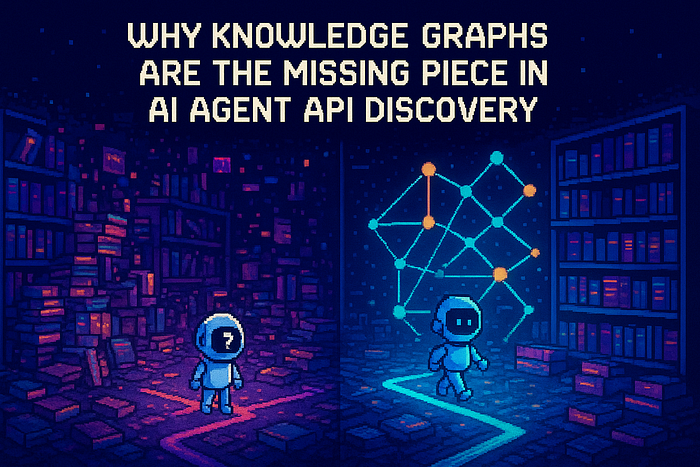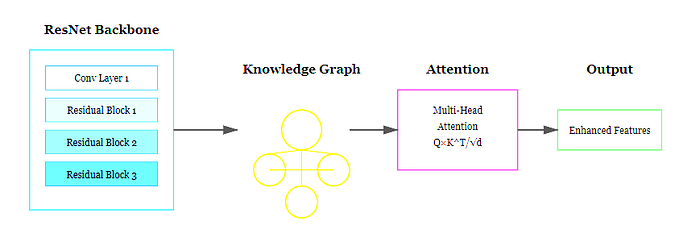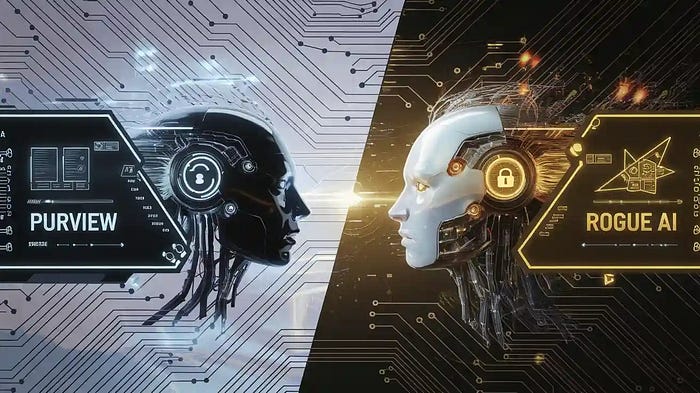
How We Taught Machines to Think
Last Updated on February 13, 2025 by Editorial Team
Author(s): Vita Haas
Originally published on Towards AI.
And Occasionally Fail Spectacularly
This member-only story is on us. Upgrade to access all of Medium.
Artificial Intelligence is no longer lurking in the shadows — it’s in our pockets, powering our social feeds, recommending what to binge-watch next, and occasionally generating images of people with far too many fingers. AI has evolved from a niche academic pursuit into an inescapable part of daily life. But the journey to this point has been anything but smooth. It is a tale of grandiose predictions, crushing disappointments, and moments so ridiculous they could be lifted straight from a Monty Python sketch. Let’s dive into the origins of AI and the often bizarre road that led us to today’s world of neural networks, chatbots, and algorithmic absurdity.
The story of AI starts in the 1940s, when scientists, fresh off a World War that had forced them to push technological innovation to its limits, started pondering a question: Can machines think? Enter Warren McCulloch and Walter Pitts, two neuroscientists who proposed the first theoretical model of a neural network in 1943. Their work suggested that the brain could be mimicked by a system of mathematical logic gates, inspiring later neural network research.
Meanwhile, Alan Turing, the eccentric British mathematician… Read the full blog for free on Medium.
Join thousands of data leaders on the AI newsletter. Join over 80,000 subscribers and keep up to date with the latest developments in AI. From research to projects and ideas. If you are building an AI startup, an AI-related product, or a service, we invite you to consider becoming a sponsor.
Published via Towards AI
Take our 90+ lesson From Beginner to Advanced LLM Developer Certification: From choosing a project to deploying a working product this is the most comprehensive and practical LLM course out there!
Towards AI has published Building LLMs for Production—our 470+ page guide to mastering LLMs with practical projects and expert insights!

Discover Your Dream AI Career at Towards AI Jobs
Towards AI has built a jobs board tailored specifically to Machine Learning and Data Science Jobs and Skills. Our software searches for live AI jobs each hour, labels and categorises them and makes them easily searchable. Explore over 40,000 live jobs today with Towards AI Jobs!
Note: Content contains the views of the contributing authors and not Towards AI.














